The Sacred and Psychedelic Journey of Psilocybin in Spirituality
From prehistoric eras to contemporary times, the intertwining paths of psychedelics and spiritual practices have intrigued scholars and seekers alike. Specifically, the usage of psilocybin mushrooms, often referred to as “magic mushrooms,” in spiritual contexts has a rich and complex lineage.
This article will dissect the profound history of psilocybin in spiritualism, its origins, implications, practitioners, and its modern-day reincarnation.
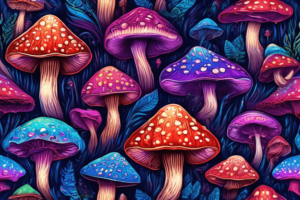
The Ancient Beginnings
The first recorded use of psychoactive substances, believed to be psilocybin mushrooms, dates back to the prehistoric era. Archaeological findings from a burial site in Northern Iraq suggest our ancestors consumed these naturally occurring psychedelics to achieve altered states of consciousness.
Furthermore, the Rig Veda, an ancient Hindu text, describes a drink called ‘soma’ known to grant those who consumed it immortality. Although the exact composition of soma has been lost to history, some postulate that it included psilocybin, the active compound in magic mushrooms.
Many anthropologists believe there is a strong connection between ‘gnosticism’ and psychoactive substances. Gnostic literally translates to “Knowing” or “The Knowing” which itself implies direct divine experience. Amongst the earliest known practices of Gnostics is, what many take as evidence of the imbibing of psychoactive substances – including Psilocybin mushrooms.
The Eleusinian Mysteries: The Classical Connection
Fast forward to the classical era, the Temple of Eleusis, located in present-day Greece, was a spiritual hub where pilgrims would experience visions after consuming a potion called ‘kykeōn.’ Brian Muraresku, a classicist, suggests that this potion was laced with ergot, a grain-based fungus from which LSD, a psychedelic substance, is derived.
The Eleusinian Mysteries, as these rituals came to be known, had far-reaching influence. Muraresku argues that early Christians incorporated psychedelic sacraments in their ceremonies. This claim is supported by the discovery of wine jars near Pompeii, dating back to 79 AD, which contained a brew of opium, cannabis, henbane (a hallucinogenic plant), and lizard bones.
Peyote and Psilocybin: The American Continuity
Psychedelics’ spiritual role was not confined to the Eurasian continent. In North America, evidence suggests the usage of peyote, a cactus containing the psychoactive compound mescaline, traces back 5,000 years. Despite a federal ban in 1967, Native Americans secured an exemption to use peyote for ceremonial purposes in the 1990s, considering it sacred medicine.
Further south, in Mesoamerica, psychoactive substances were integral to rituals and healing ceremonies. Prior to the arrival of Christopher Columbus, sacred mushrooms, or “teotlnanácatl,” meaning “flesh of the gods,” were utilized. However, the Spanish colonizers’ harsh prohibition drove these practices underground until the 20th century.
The Psychedelic Renaissance: From R Gordon Wasson to Timothy Leary
The resurgence of psychedelics in spiritual practices was sparked by an American, R Gordon Wasson. In 1955, Wasson visited a Mexican village where the ritual use of hallucinogenic mushrooms had survived. His experience, chronicled in Life magazine, caught the attention of Harvard psychologist Timothy Leary.
Inspired by Wasson’s journey, Leary established the Harvard Psilocybin Project in 1960. Two years later, he conducted a double-blind experiment, known as the Good Friday Experiment, to examine psilocybin’s potential to facilitate mystical experiences. The results were startling. Of the participants who were administered psilocybin, 80% reported experiencing mystical phenomena.
The Backlash and Ban: The Impact of the 1960s
However, the widespread recreational use of psychedelics during the 1960s sparked a moral panic. By the end of the decade, psychedelics were outlawed in several countries, including the US and Australia, putting a halt to research for several decades.
The association of psychedelics with counterculture and notions of subversion led to their demonization. The potential of these substances to occasion mystical experiences without the need for religious institutions was seen as a threat to the very existence of organized religion.
The Modern Revival: A New Wave of Psychedelic Spirituality
In recent years, a new wave of psychedelic spirituality has emerged. This revival, often termed the “psychedelic renaissance,” has seen a resurgence in the use of substances like psilocybin within a spiritual context. A growing number of breakaway sects within major religious traditions and within the community of atheists, agnostics, and the “spiritual but not religious” have been incorporating psychedelics in their practices.
The contemporary application of psilocybin transcends religious boundaries. The healing potential of psychedelics is being explored for various mental health conditions such as PTSD and addiction, and even for alleviating existential distress among terminal cancer patients. These are just the medical applications.
The spiritual and psychic revelations had by many under the influence of this substance can be profound. Many find these experiences revelatory and life changing, gaining new found perspectives.
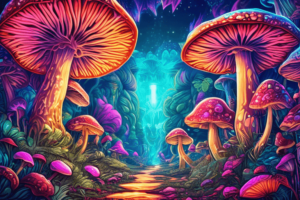
Conclusion
The history of psilocybin mushrooms in spiritualism is a tale of resilience and resurgence. Despite periods of prohibition and stigma, the spiritual significance of these “magic mushrooms” has survived, evolved, and continues to inspire seekers and scholars alike. Psychedelics, particularly psilocybin, remain an integral part of humanity’s spiritual quest, offering a direct pathway to altered states of consciousness and mystical experiences that continue to captivate the modern mind.
Those who have experienced psychedelics directly often report profound, long-term changes to their outlooks on life, including their outlook upon spirituality. Psychedelics – whether for neurochemical or spiritual reasons – unlock the minds eye, and have been for millennia.
As the esoteric becomes more accepted and as outlooks change, we see a societal shift towards more open-mindedness and acceptance of the unknown. This heralds a strong, bright future for those seekers looking to probe deeper not only into the unknown but into themselves. A common theme amongst those who consume psychedelics is the willingness to let go and see life’s chaos as a gift and not a constraint to fight against, maybe we could all learn from the lessons these age-old substances have to teach.
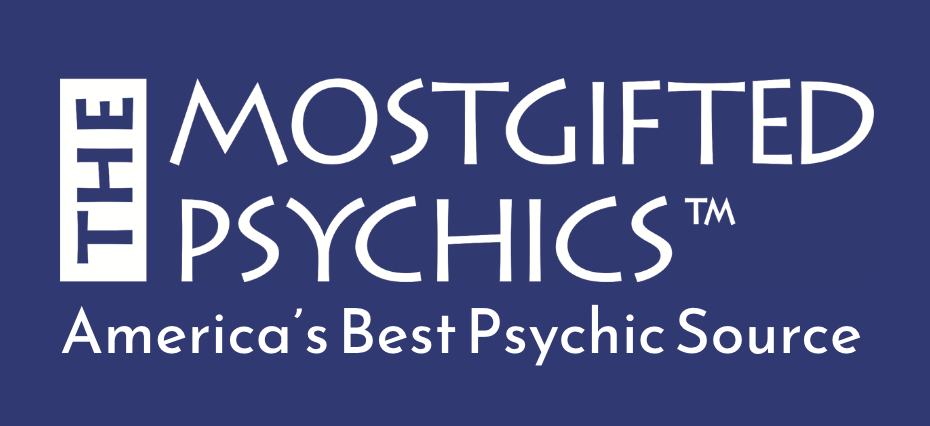

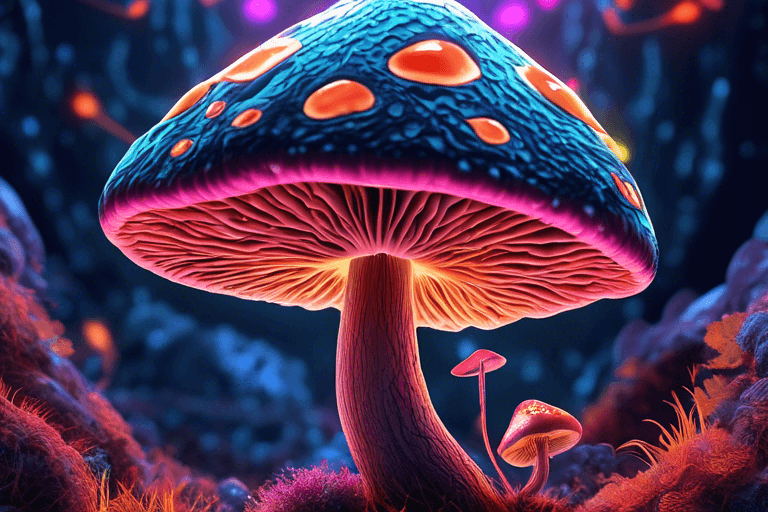
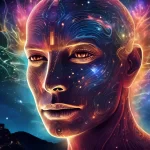
1 Comment
fashion advice
Great delivery. Outstanding arguments. Keep up the good
spirit.